Salamander
Salamanders are a group of amphibians typically characterized by a lizard-like appearance, with slender bodies, blunt snouts, short limbs projecting at right angles to the body, and the presence of a tail in both larvae and adults. All present-day salamander families are grouped together under the scientific name Urodela. Salamander diversity is most abundant in the Northern Hemisphere and most species are found in the Holarctic ecozone, with some species present in the Neotropical zone.
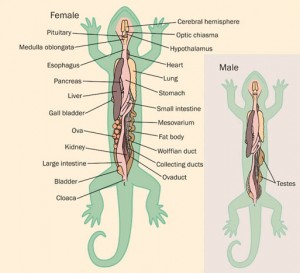
Salamander
Spotted salamander, Ambystoma maculatum
Scientific classification
Kingdom: Animalia
Phylum: Chordata
Class: Amphibia
Clade: Caudata
Order: Urodela
Duméril, 1806
Suborders
Cryptobranchoidea
Salamandroidea
Sirenoidea
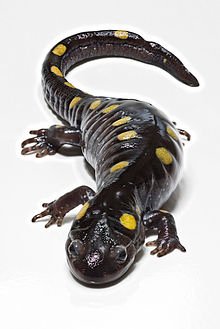
Native distribution of salamanders (in green)
Salamander Fun Facts
The name Salamander comes from the Greek word for Fire Lizard. This name came about when salamanders came running out of the logs they had been hiding in when those logs were thrown on a fire.
Salamanders are nocturnal.
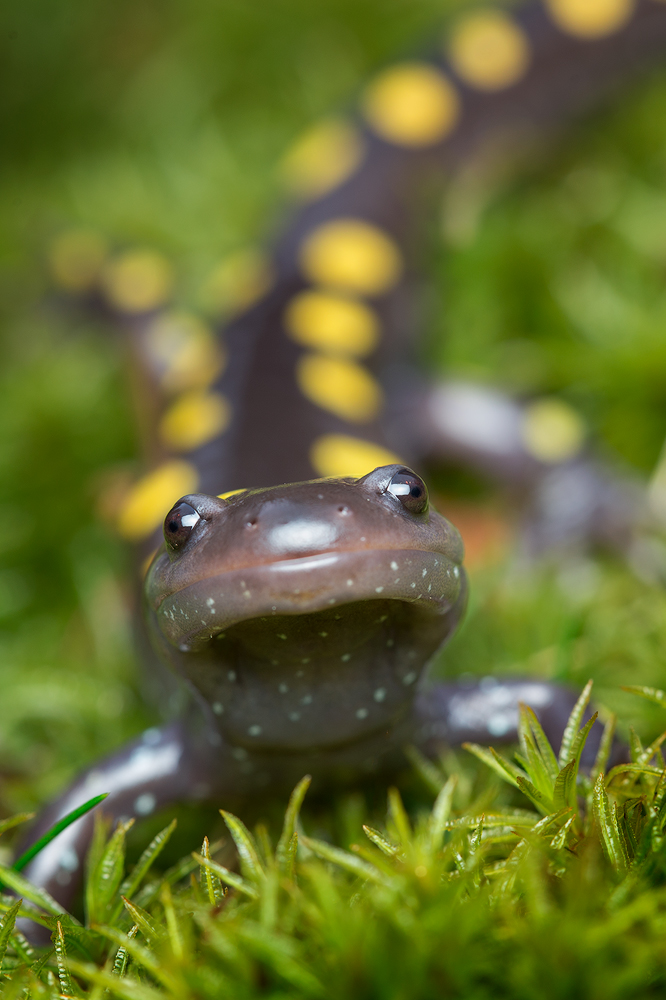
Some salamander species can be poisonous and some even have teeth.
Some salamanders and frogs have tongues up to 10 times as long as their bodies.
The largest salamander in the world in the Chinese Giant Salamander. It can grow to a length of 5 feet.
The Americas are home to more species of salamander than the entire rest of the world combined.
What do Salamander Eat
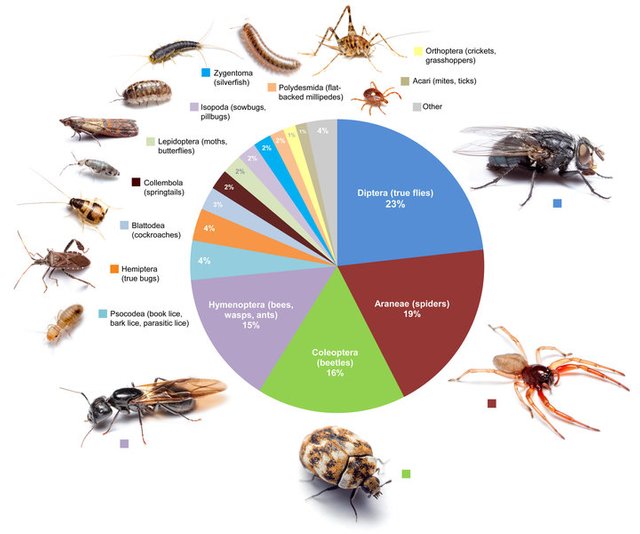
Spotted salamander
: worms, centipedes, crickets, spiders
Redback salamander
: small invertebrates (these salamanders will even climb up small shrubs and other plants to search for food)
Blue-spotted salamander
: earthworms, slugs, isopods (potato bugs, pill bugs)
Eastern red-spotted newt
: insect larvae, worms, amphibian eggs and larvae, leeches (remember, newts are aquatic salamanders, salamanders that live in the water)
Diet of the Wild Salamander
The salamander enjoys a variety of bugs and critters in the wild. What he eats is dependent on his size. He will eat almost anything that moves and is small enough that he can swallow it. The wild salamander dines on centipedes, worms, spiders, slugs, maggots, flies, termites and snails. Large salamanders include frogs and smaller salamanders in their diets. Aquatic salamanders in the wild consume insect larvae, worms, crayfish, snails, tiny fish and other small aquatic animals.
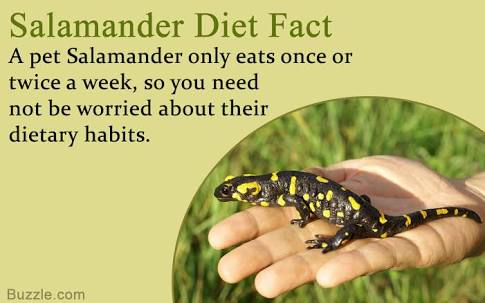.jpeg)
Life Cycle
The tadpoles have external gills in wing-like forms attached to either side of their heads, just where they should have their necks. With time, as the tadpoles grow and metamorphose into Salamanders, their external wing-like structure shreds off.
.jpeg)
References
http://www.animalspot.net/salamander
https://en.wikipedia.org/wiki/Salamander
https://salamanderfunfacts.weebly.com/
http://rochester.kidsoutandabout.com/content/what-do-salamanders-eat
http://animals.mom.me/salamanders-diet-2710.html
@origanlworks